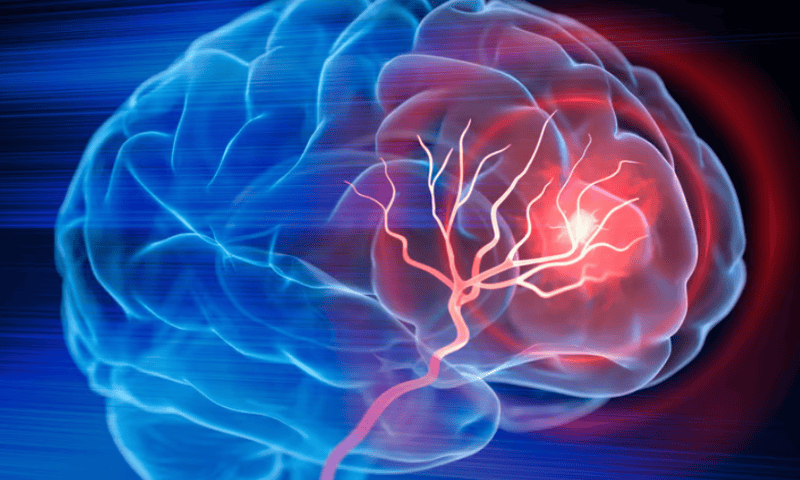A new form of gene therapy designed to treat the most treatment-resistant form of childhood epilepsy appears to reduce seizures in mice.
In a research article published Dec. 14 in Brain, researchers from University College London reported that their gene therapy had curbed seizures in a mouse model of focal cortical dysplasia, or FCD. Their next goal is to take it to the clinic.
FCD is the most common form of drug-resistant epilepsy in children and the number one reason why children with epilepsy undergo surgery. A congenital disease with many potential genetic causes, it’s marked by cellular and structural abnormalities in the brain’s frontal lobes. As a result, as many as 50% of FCD patients have intellectual disabilities, which can be made worse if the seizures go untreated.
But unlike other types of seizures that can be controlled with medications, antiepileptics don’t work in somewhere between 30% and 50% of children with FCD. In those cases, surgically removing the part of the brain affected by the seizures is the only alternative. Surgery can stop the seizures entirely—but carries the risk of severe neurological deficits, depending on the size of the area removed.
To see if they could come up with a way to control treatment-refractive FCD without surgery, the University College London researchers designed a new gene therapy that works by using a non-replicating virus carrying a gene called EKC to insert potassium channels into the affected part of the brain. Potassium channels control neuron firing, and thus have been considered a therapeutic target for a wide range of neurological drugs. In the case of FCD, the researchers’ logic was that overexpressing potassium channels in the affected part of the brain will suppress the hyperactive neurons that lead to seizures.
To test their hypothesis, the researchers monitored the brain activity of mouse models of FCD for 15 days, then gave them one injection of the gene therapy directly in the part of the brain where the seizure activity was prevalent. They observed their brain activity for another 15 days to see if the treatment would dampen the seizures.
Indeed, the mice that received the therapy had an average of 87% fewer seizures than mice that were untreated. The animals showed no signs of behavioral or memory side effects.
Though this marks the first time researchers have attempted to control FCD with a gene therapy, the strategy has been tried for other types of seizures. The therapies that have made it to humans have been aimed at correcting specific rare gene mutations rather than broader mechanisms like potassium channel function. Unfortunately, they have so far been wrought with serious complications in some patients, like hydrocephalus.
Still, based on the results, the researchers from University College London—some of whom were also involved with creating a gene therapy that stops and starts with hyperactive neurons—plan to launch a clinical trial within the next five years.
“Following the successful study in mice, we believe the treatment is suitable for clinical translation, and, taking into account the size of the unmet need, it could be deployed to thousands of children who are severely affected by uncontrolled seizures,” the study’s lead author Vincent Magloire, Ph.D., said in a press release.

